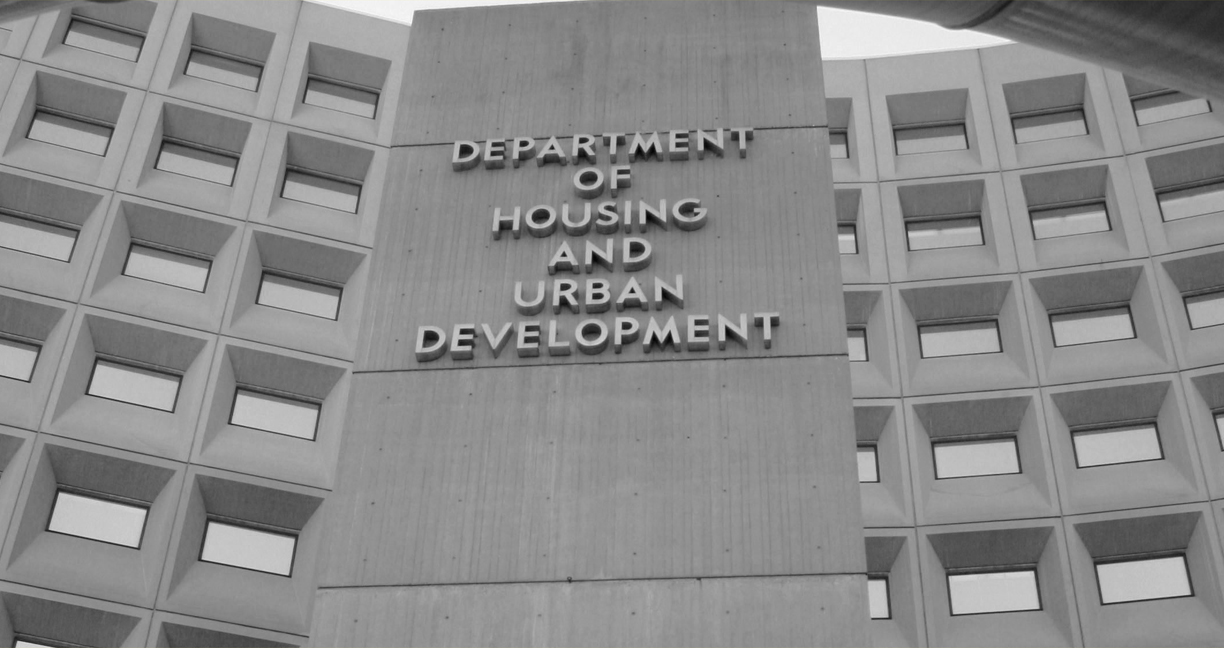In general, there are two types of liens in North Carolina – a claim of lien on funds and a claim of lien on real property. For contractors and others who are owed money on a construction project, liens are a powerful method of ensuring that the money is paid. However, for the successful recovery of money owed, it is essential to remember that the lien laws must be strictly followed. If not, a loss of lien rights may occur.
Claim of Lien on Real Property
A lien claim on the property is available to those who contract with the owner, or those with subrogation rights – first, second and third-tier subcontractors. The amount of the claim is for the value of the improvements to the property that were provided pursuant to an express or implied contract for labor materials, equipment, design or survey services. The lien relates back to the time of the first furnishing or labor or materials to the project.
How Can I File a Claim of Lien on Real Property?
The claim of lien on real property must be filed within 120 days from the date when labor or materials were last furnished to the project. The claim of lien must comply with the form that is set forth in NCGS 44A-12, which includes a certification that the lien has been served on all necessary parties. The lien must be served on the owner within 120 days of the last work and/or materials supplied to the Project. In the case of a subcontractor or supplier asserting a subrogation lien, the lien must be served on the upstream contractor through whom subrogation is claimed. Finally, the claim of lien must be filed with the clerk of court in the county where the real property is located.
What are the Lien Agent Requirements?
If there is an intervening sale or deed of trust filed prior to giving notice to the lien agent, lien rights may be lost. The owner of the property must designate the lien agent by the time it first contracts with anyone to improve the property. The owner must also provide lien agent contact information by posting a sign, or in the building permit. The contractor or supplier on a project must serve a Notice to Lien Agent form within 15 days of first providing labor or materials on a project. This is required before you can perfect your claim of lien on the property.
What is Perfecting a Lien?
A lawsuit to enforce a claim of lien on real property must be filed within 180 days from the date when labor or materials were last furnished to the project.
What is the Remedy?
If a lien on real property is properly filed, perfected and a judgment is entered in favor of the lien claimant, the court can order that the property be sold to satisfy or pay the lien. In addition, a successful lien claimant can recover attorneys’ fees to recover the costs of filing the lawsuit.









